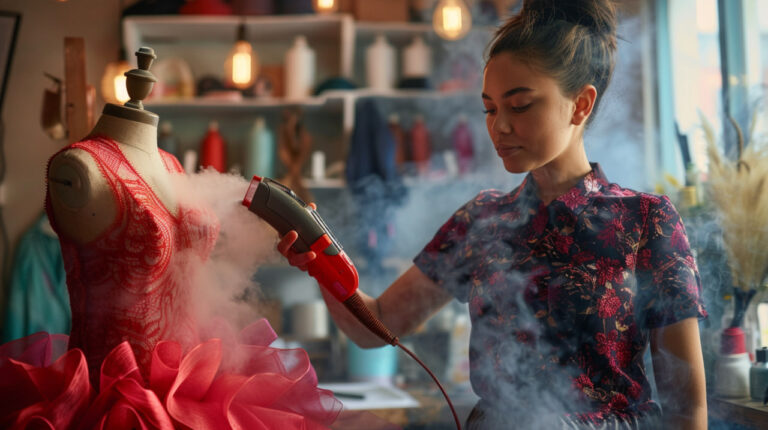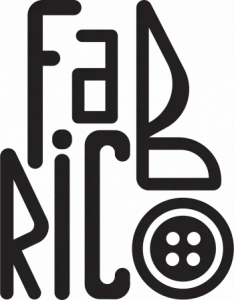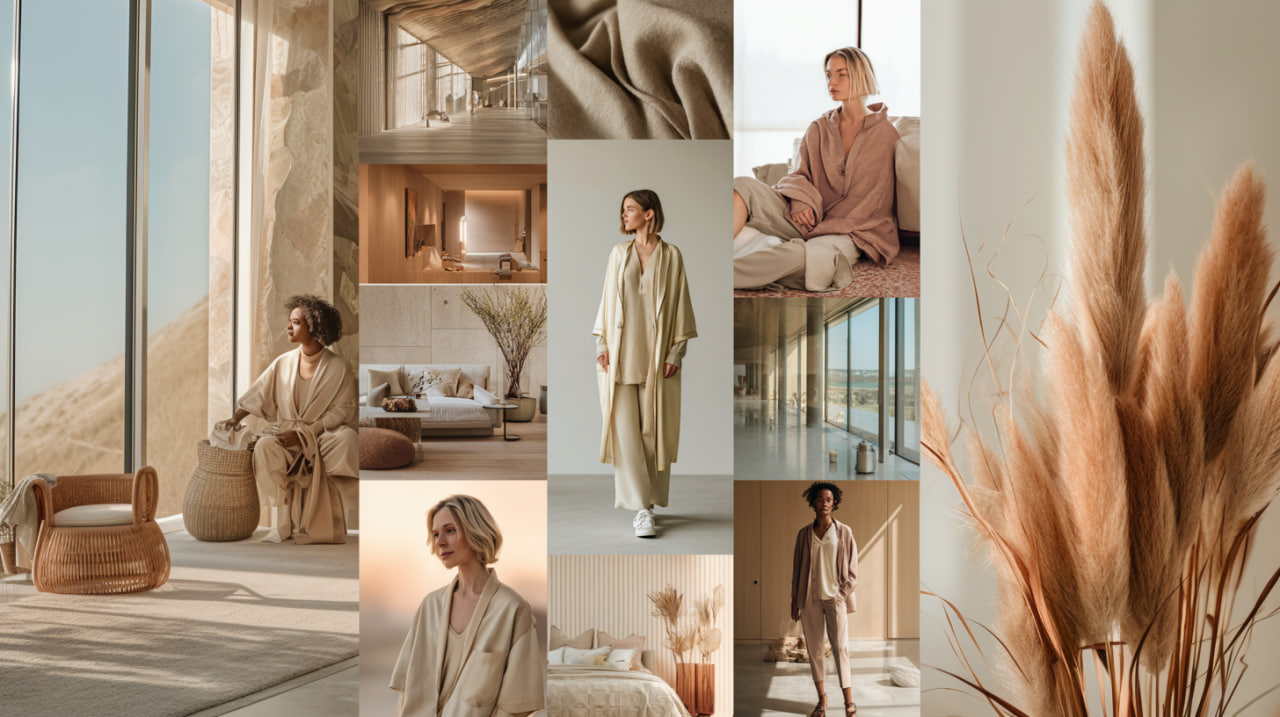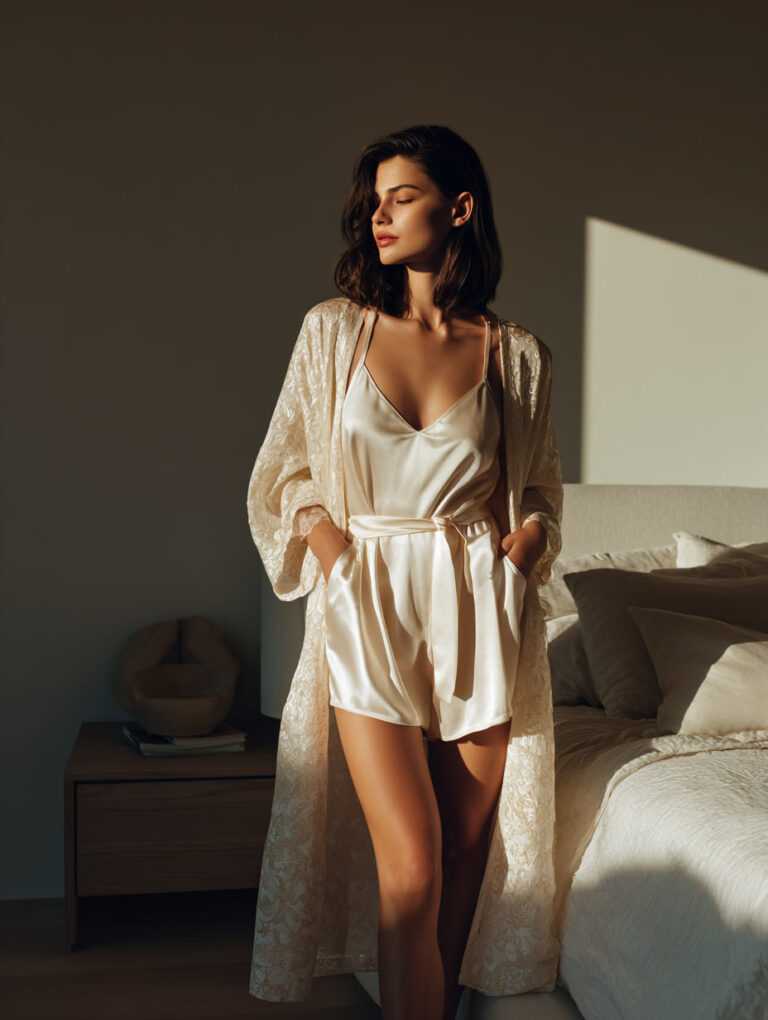Comfort and Fabric Innovation
Comfort remains at the heart of homewear design. Key fabric and construction choices are aimed at enhancing the wearer’s sense of ease and well-being.
Fabrics:
Popular choices include modal, bamboo viscose, organic cotton, terry cloth, and fleece. These materials are breathable, soft, and gentle on the skin.
Construction:
Flat seams, tagless labels, elastic waistbands, and seamless knitting contribute to irritation-free wear.
Temperature Regulation:
Technical fabrics are now integrated into homewear to provide moisture-wicking, anti-bacterial, and climate-controlling properties.
Design Features and Aesthetic Trends
Contemporary homewear is as stylish as it is comfortable, incorporating fashion-forward elements without sacrificing function.
Coordinated Sets
Matching tops and bottoms—whether in jersey, ribbed knit, or fleece—create a polished yet relaxed silhouette.
Minimalist Chic
Neutral tones, simple cuts, and high-quality fabrics define the minimalist homewear trend, emphasizing sophistication in simplicity.
Oversized Silhouettes
Loose-fit robes, slouchy sweaters, and drop-shoulder tops provide both comfort and modern style appeal.
Vintage Revival
Retro prints and silhouettes, including 70s-style pajama suits and chenille robes, are making a comeback in the homewear space.
Elevated Sleepwear
Silk slips, camisoles, and matching sets in luxurious materials are now worn not just for sleep, but as fashion pieces in their own right.
The Cultural Significance of Homewear
Homewear reflects broader cultural shifts—toward wellness, individualism, and the redefinition of public versus private life. It speaks to how people express themselves when they are most at ease and how comfort is becoming a critical dimension of identity and self-care.
Furthermore, the normalization of “home office fashion” has sparked discussions on work-life balance, mental health, and body positivity—key themes shaping today’s apparel choices.
Conclusion
Homewear has evolved from utilitarian domestic garments into a fashion category that celebrates comfort, self-expression, and design innovation. Its transformation mirrors societal changes in how we live, work, and define personal style. As the boundaries between home and public life continue to blur, homewear will remain a dynamic and essential element of modern wardrobes—designed not just to be worn at home, but to represent a lifestyle that values ease, elegance, and authenticity.





